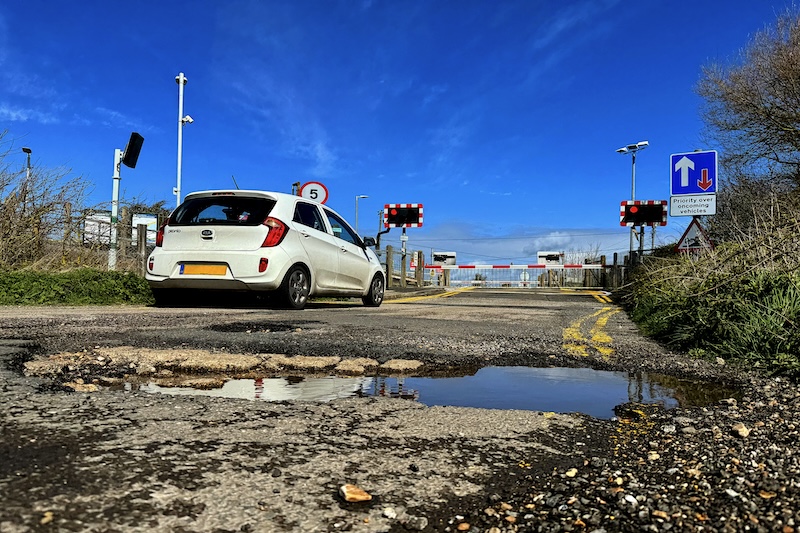Drivers urged to keep up tyre checks during lockdown

With the UK still under strict lockdown restrictions, few of us are using our cars in the way we normally would – instead leaving them stationary for much longer periods.
But how often do you check your tyres when you’re not driving your car regularly?
Why it’s important to carry out tyre checks
Road safety charity TyreSafe is reminding all drivers of the importance of vital tyre checks – even when cars are confined to our driveways – to avoid the risk of accidents when we do get out on the road.
In fact, inactivity comes with its own set of potential pitfalls for our tyres, so it’s crucial we don’t just take them for granted.
Stuart Jackson, TyreSafe chairman, said: “It’s easy to fall into the trap of ignoring maintenance checks when you’re not using your vehicle, but there are good reasons to keep up the routine.
“Most likely, using a vehicle with underinflated tyres will just add to your fuel bill and increase wear but there are instances when the outcome is far, far more severe.”
Cover your tyres
The tyres on your car are likely to harden and crack when left stationary than if they’re being regularly used.You can prevent this happening by using tyre covers.
It can take months for the effects of hardening to have an impact on your tyres’ condition, but if you’ve had them for some years, cracking can appear at any time, so you need to check them often.
Move your car regularly
The weight of your car when it’s not moving places a burden on your tyres, eventually leading to them losing their shape. This can create weak points on the sides of your tyres. Left unchecked, this may cause a blowout when you hit the road at high speeds. Moving your car regularly ensures that it’s not resting on the same spot all the time.
Maintain air pressure
To avoid long-term tyre damage over lockdown, it’s important to maintain your tyres using the recommended air pressure as set by your car’s manufacturer.
You can find the correct air pressure on the side of your driver’s door, inside your driver’s manual or the fuel filler cap. It’ll be displayed in Pounds per Square Inch (PSI) or Bar.
Use an accurate pressure gauge to check each tyre is properly inflated, including the spare wheel.
Mr Jackson added: “Look after your tyres and they will look after you.”


